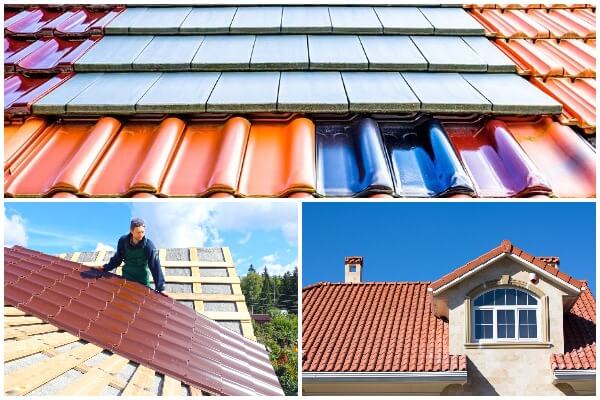The tiny home movement is a force to be reckoned with. Considering that these homes may cost as little as $12,000 to construct, it’s no surprise that 68% of tiny homeowners are mortgage-free.
Of course, the financial aspect is one of the key drivers of tiny home ownership. Many tiny homeowners choose to construct their homes themselves, saving immensely on cost and picking up some great construction skills along the way. Long before the construction stage, however, is the planning stage.
If you’re in the middle of planning your tiny home, check out these acceptable roofing materials.

Stationary or Mobile?
Before sketching up blueprints, decide whether you want your tiny home to be stationary or mobile. A mobile tiny home will have strict weight restrictions, whereas a stationary tiny home has more options.
Other major factors in tiny home roofing materials include cost, installation difficulty, and durability. For these reasons, many roofing materials for traditional homes are not ideal for tiny homes.
Let’s examine the ones that are.
Metal Roofing Materials
Metal roofs are by far the most popular among tiny homeowners. This is due to their durability, lightweight, low cost, and easy installation process.
Even after deciding on a metal roof, there are still many options to consider. Common metal roofing materials include steel, aluminum, copper, and zinc. Of these metals, zinc is likely the least durable as it is prone to degradation from salt and condensation.
Also Read: The Roof Is on Fire! 5 Main Things That Cause Roof Damage
Shingle Roofing Materials
The most common types of shingles used for tiny homes are fiberglass, asphalt, and composite. Among these, fiberglass shingles are the most lightweight.
Although both asphalt and fiberglass shingles are easy to install, their life expectancy is less than 20 years, and their sealants can leak. In comparison, composite shingles have a longer lifespan. However, regular roof maintenance is the key to a long-lasting roof, so it’s essential to learn more about that.
Another benefit of composite shingles is that this fire-resistant synthetic substance is mostly made of eco-friendly, recycled materials.
Green Roofing Materials
A living roof, or ‘green’ roof, is like a garden on top of a tiny home. It’s very appealing and has some functional benefits, but it’s more difficult and expensive to construct.
A green roof requires several layers to make it functional. It needs formwork, hydro insulation, a protective layer, a drainage layer, and a filtration layer. If you have the skills and budget, however, this type of roof can provide better insulation.
The Roofing Process
The best roofing materials for a tiny home are more limited than for a traditional home, but the good news is that the process is much cheaper.
The most important factors when choosing a roofing material are to make sure it is structurally stable, wind-resistant, durable, fire-safe, leak-proof, and low weight.
Make sure to consider your practical needs in addition to your personal aesthetic before making a decision.
For more useful real estate and home guides like this one, take a second to check out our page.